Indigenous biodiversity programme
More than 200 native plant and animal species are under threat of extinction in the Waikato and there is an urgent need for a coordinated, collaborative and a strategic approach to biodiversity management to ensure our environmental, social and economic wellbeing.
In response to this, Waikato Regional Council is facilitating a new, innovative and collaborative programme aimed at restoring indigenous biodiversity in the Waikato.
Restoring nature, connecting communities
The programme sets in motion a new and innovative approach to cooperatively managing indigenous biodiversity at a regional scale. It’s a big picture framework for groups such as territorial authorities, mana whenua, interest groups and landowners on how to work together to enhance our precious natural resources.
The framework will enable people to identify their roles, connect with others doing similar work and highlight options for working together to achieve common biodiversity goals.
The programme will provide territorial authorities with a broad range of tools and guidelines on how to partner with interested parties in their areas to provide a holistic approach to biodiversity management.
Although Waikato Regional Council is taking the lead on the programme to begin with, it is envisaged that it will eventually transition into a community-led approach that will see territorial authorities and their local communities developing and undertaking actions that will protect and enhance indigenous biodiversity.
The learnings from the two pilot projects (see below) can be combined to inform a more effective regional restoration framework to enhance biodiversity and to identify and test a range of processes and tools to deliver this.
It’s a big picture framework delivering collective impact across groups such as mana whenua, territorial authorities, interest groups and landowners.
The Collective Impact Framework will enable people to identify their roles, connect with others doing similar work and highlight options for working together to achieve common biodiversity goals.
Why is indigenous biodiversity important?
The natural environment provides us with a range of necessities including food, water, materials, flood defences and carbon sequestration. Biodiversity underpins many of these and has many positive flow-on impacts for our economic, social and cultural wellbeing.
Yet, extensive clearance of vegetation and draining of wetlands has reduced the extent of habitats by 75 per cent and 223 species of native plants and animals are threatened with extinction in our region.
This rate of loss began to occur following the first arrival of humans in New Zealand, but accelerated between the 1840s and 1970s. We continue to suffer incremental losses of our native flora, fauna and ecosystems today.
Biodiversity management is particularly relevant in the Waikato where agricultural development has led to extensive habitat loss and modification. While reducing on-farm environmental impacts is good for the environment, increasing agricultural productivity has obvious benefits for our economy.
The good news is that it is possible to stop this degradation and to help restore our region’s indigenous biodiversity in a way that can also be a catalyst for local economic, social and cultural opportunities.
Because our native forests are in decline, the habitats shown in the photos below exist only in small amounts – they are very rare and special places!
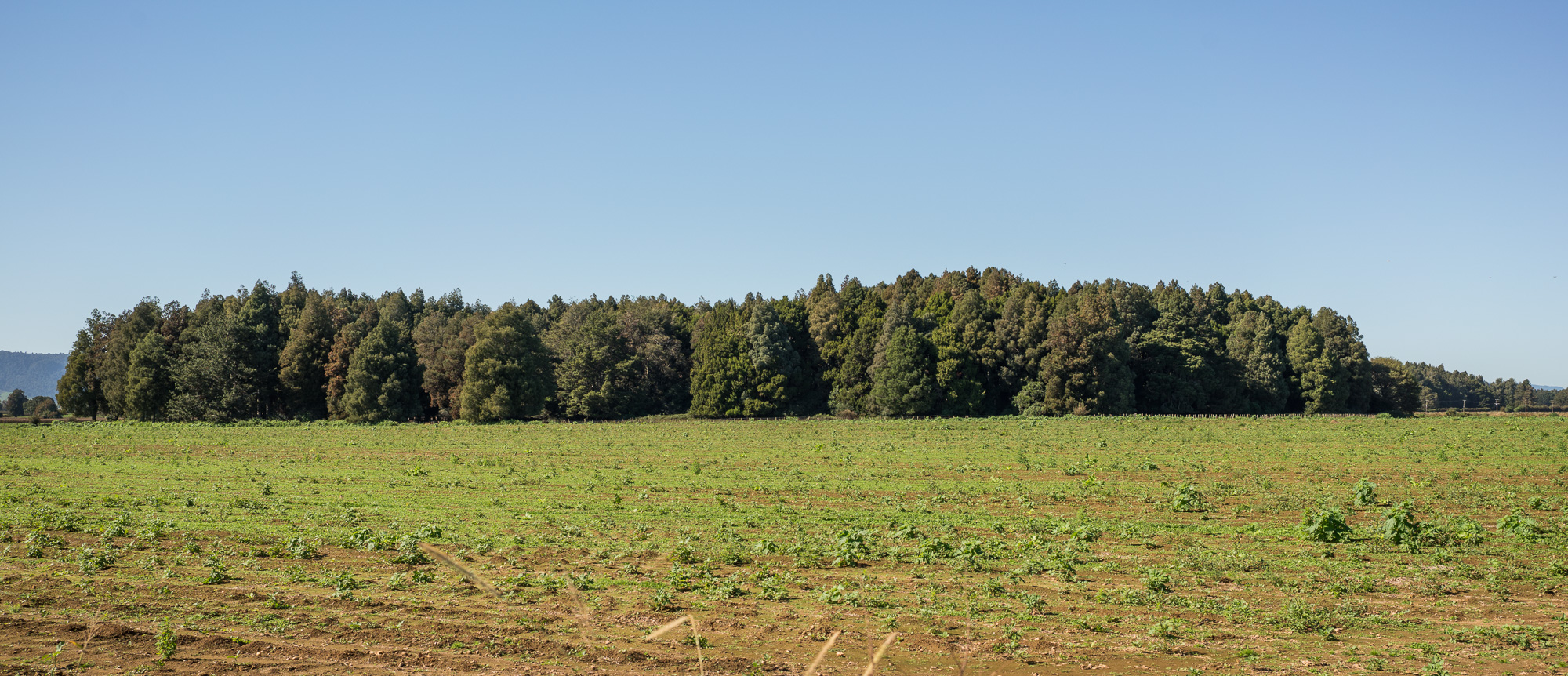
Kahikatea forest remnant (with some totara and rimu) near Waharoa.
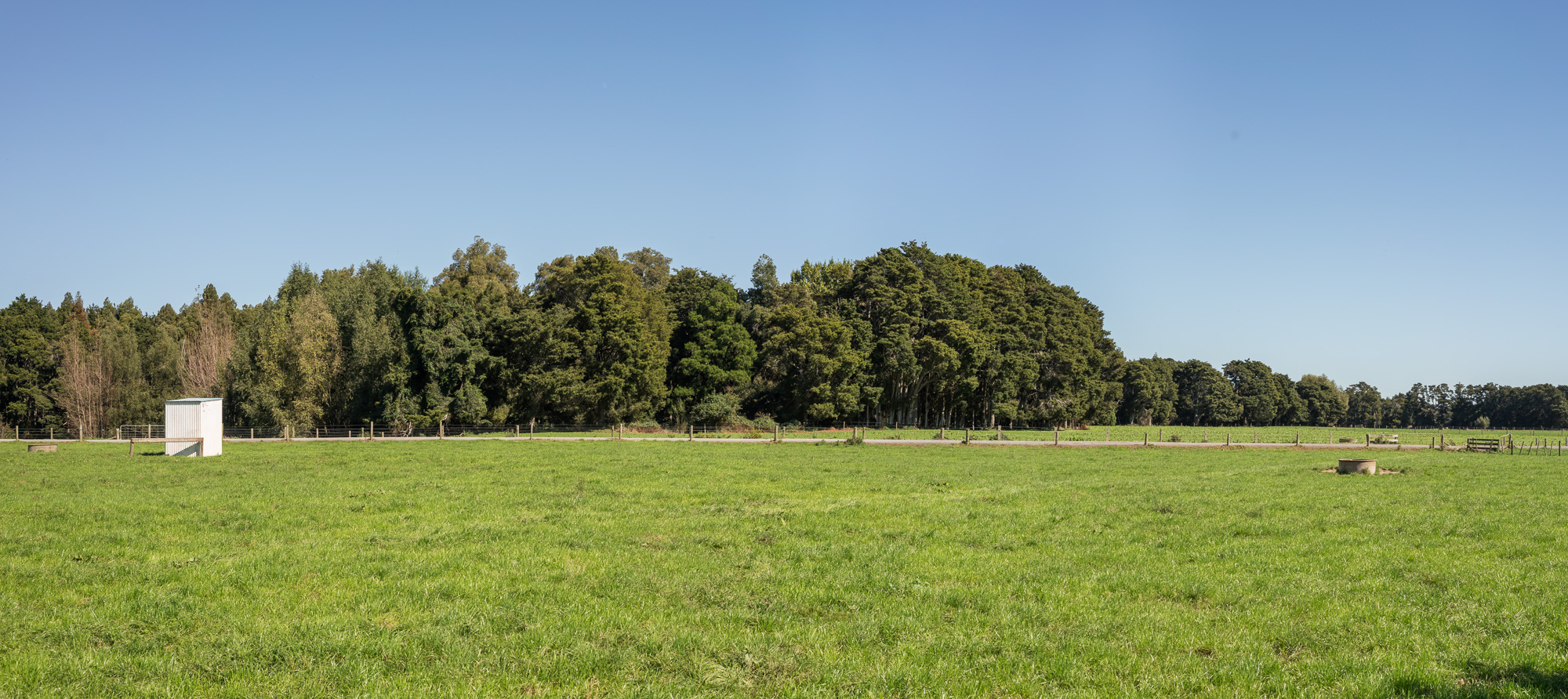
Totara-kahikatea forest remnant alongside the Waitoa River with associated wetlands on the lower floodplain.
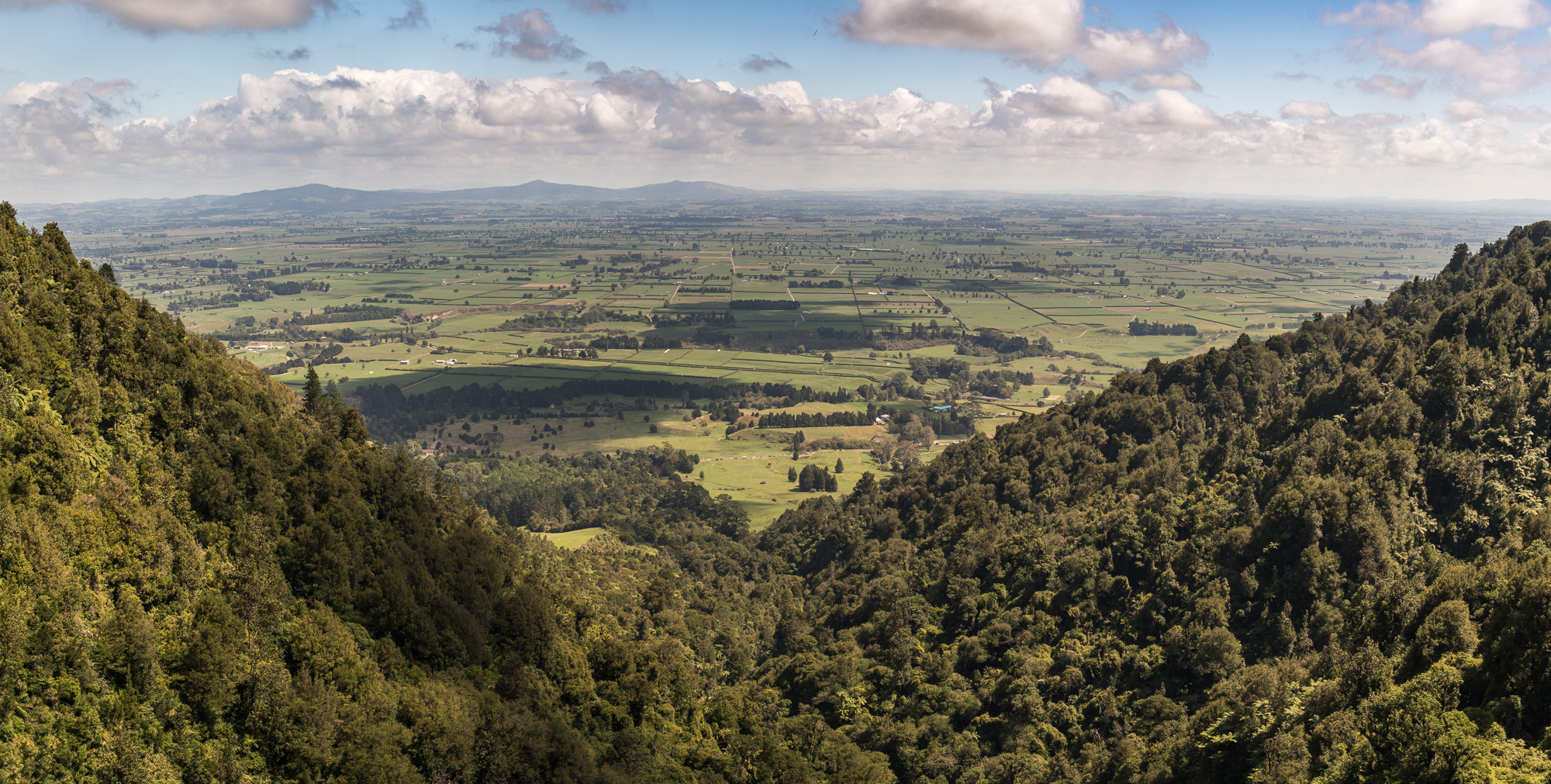
Wairere Falls – looking west across the Hauraki Plains towards Te Miro and Te Tapui, with tawa-dominated forest in the foreground.
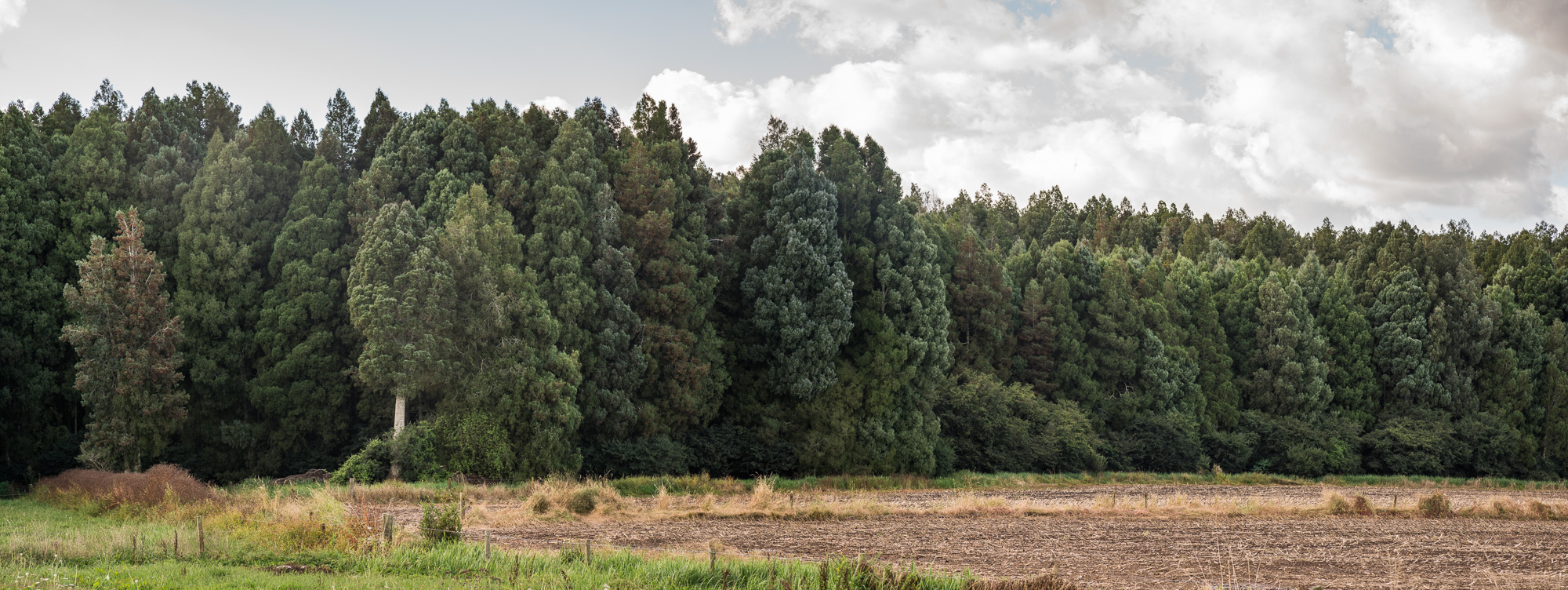
Mangawhero Road DOC Reserve – lowland kahikatea forest fragment showing effects of weed invasion around the edges.
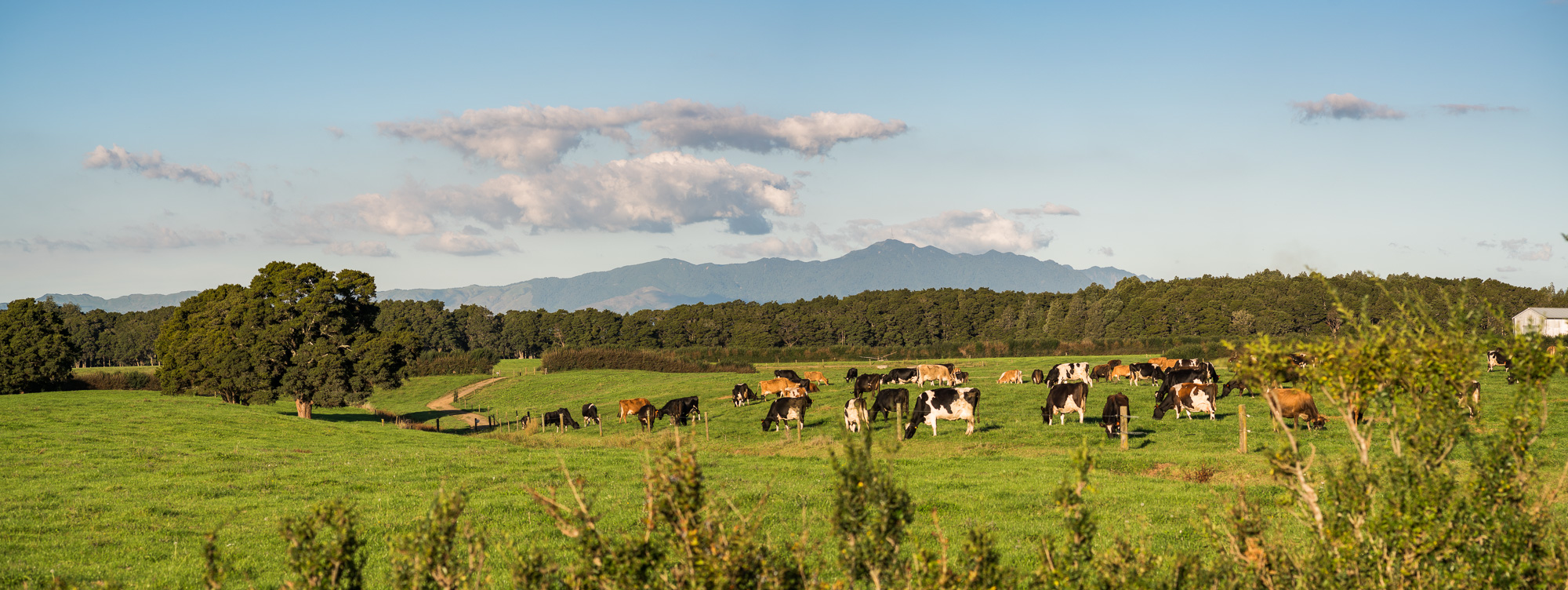
Piako river riparian totara – off Morrinsville-Tahuna Road, south of turn off to Paeroa. This totara forest fragment sits alongside the bank of the Piako River.
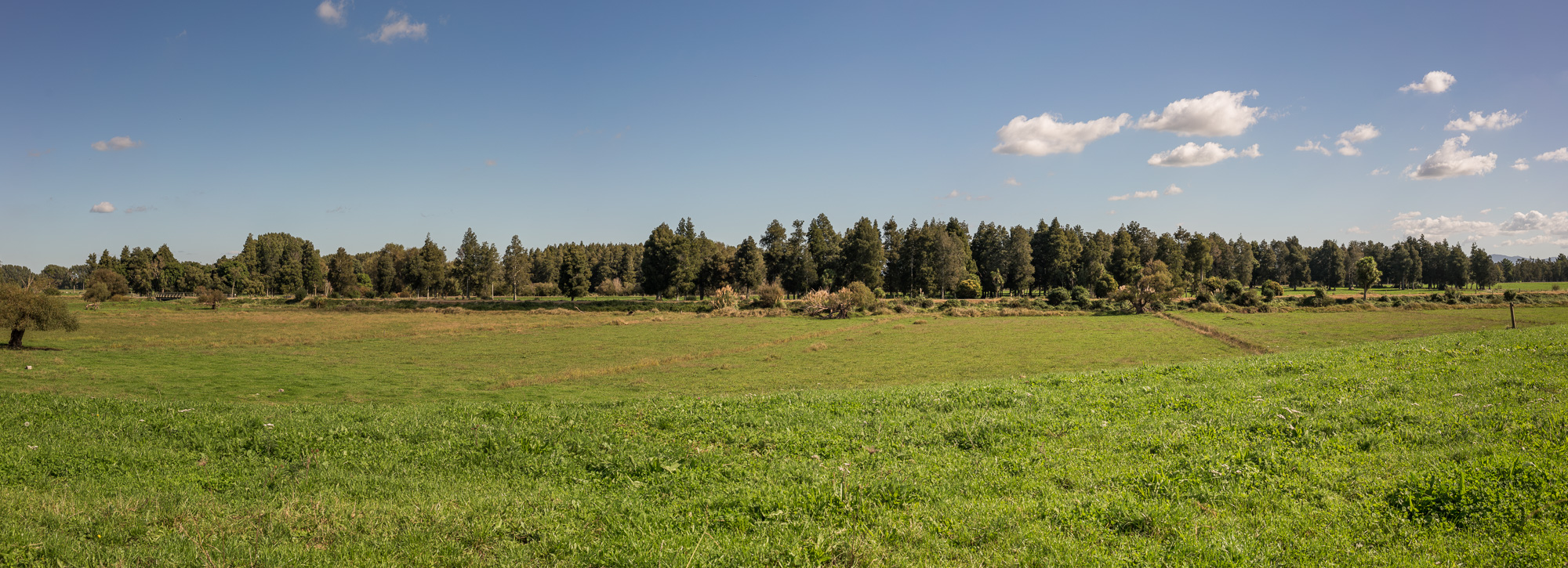
Tirohia remnant – two kahikatea remnants and associated wetlands, close to the Hauraki Rail Trail.
Hamilton City Local Indigenous Biodiversity Strategy (LIBS) pilot
The Hamilton City Local Indigenous Biodiversity Strategy (LIBS) pilot project tested the approach to biodiversity within an urban environment.
- Identified that the Collective Impact Framework be used to underpin biodiversity restoration.
- Developed a methodology to prioritise sites for biodiversity restoration and completed scoring and ranking of sites against ecological and community criteria.
- Developed a draft method to prioritise sites for biodiversity restoration against cultural criteria to be tested with marae of Ngāti Hauā.
- Developed a biodiversity monitoring framework and set of indicators that can be measured to establish progress. A report identifying the costs of co-ordinating and reporting on the indicators has also been completed.
- Undertook an approach to engage effectively at hapu/iwi level to better understand needs and aspirations which led to the signing of an operational Memorandum of Understanding between Ngāti Hauā Mahi Trust and Hamilton City Council.
- Collated and spatially enabled existing biodiversity site information as part of a prototype web-map.
- Developed and tested mobile phone app to collect/record biodiversity activity ‘who is doing what, where?’ as a first stage to enable alignment and co-ordination of biodiversity activity at city scale.
- Developed a biodiversity funding toolkit.
- Developed a standardised gully restoration template to provide guidance to restoration groups.
Upper Waihou catchment pilot: Source to the Sea – Te Puna o Waihou ki Tīkapa te Moana
A complementary pilot project tested the approach in a largely rural catchment. Source to Sea: Te Puna o Waihou ki Tīkapa te Moana was undertaken in 2016 in the Waihou catchment, taking in parts of South Waikato and Matamata-Piako districts.
This eight month pilot saw Waikato Regional Council work with mana whenua, landowners, land managers and local councils.
It provided a framework which can now (alongside the Hamilton City pilot project) inform the full regional programme which will roll out across the upper Waihou catchment and eventually across the entire Waikato region.
Here are some of the key lessons learned during the pilot.
- “Grassroots” support and local ownership of biodiversity initiatives is critical (communities will value the work much more if they are involved).
- One-on-one site-specific advice from knowledgeable people is extremely helpful to landowners who are implementing biodiversity initiatives on the ground.
- The farm planning process, if done well, has the ability to achieve multiple objectives (integrating biodiversity, water, soil and farm profitability), both for the farm business and the environment, and to remove some of the red tape for landowners wanting to make a positive change in land use.
- Modelling and mapping of ecological networks has been demonstrated and provides an important scientific basis to the process. It can and should be used to assist and support the development of a community-based biodiversity vision – it is a case of “science on tap, not science on top”.
- Marae-based engagement opened up significant cultural opportunities to the programme linked to ecological restoration and a commitment from Ngati Hinerangi, one of the local iwi, to formalise the partnership with the project partners.
- Identifying key partners and investing time to engage with them and to build their capacity to be involved in biodiversity management is critical to success. This process can be time consuming but is a key building block of a successful process.
- Confirmed the ability to model and map ecological networks at catchment and zone scale and applied this work to enable more proactive and strategic approaches to working with others and to prioritise resources.
- Identified key partners and invested in the relationships necessary to engage with them and to build their capacity to be involved in biodiversity management as part of the LIBS programme. “Connecting the Waitoa”, a lowland forest and wetland restoration project being led by the Piako Catchment Forum demonstrates the success of this approach.
- Undertook effective landowner engagement and community network mapping to better understand needs and aspirations, and the location and scale of biodiversity activity on the ground.
- Undertook on-farm modelling (farm optimisation) to demonstrate that increased farm performance is achievable alongside biodiversity restoration and management.
- Undertook an approach to engage effectively at the marae level to better understand the needs and aspirations of marae and their ongoing relationship with indigenous biodiversity, and how these resources can be effectively co-managed into the future.
- Demonstrated the leveraging opportunity that can flow from integrating biodiversity actions into catchment management and achieving multiple objectives (biodiversity, soil, water, kaitiakitanga, farm profitability).
What's next for Source to the Sea?
The pilot project outlined a range of important lessons learned and areas of work that need to be further developed and refined. Here is a snapshot of work planned:
- Follow up on the outputs of the on-farm modelling which showed significant potential farm productivity gains from retiring areas for biodiversity enhancement. Assess resource implications for restoration of retired land and options for funding and support.
- Extend on-farm modelling to other farm types to compare and contrast results.
- Assess potential for rohe-based approach to ecological enhancement linked to catchment planning and co-management requirements.
- Further stakeholder co-ordination and alignment via workshops.
- Follow up and respond to needs and aspirations information from landowners and mana whenua.
- Further work on an integrated funding model that looks at improved co-ordination of existing funds, a philanthropic strategy, the role of corporates, applied research investment, and regional development options such as eco-tourism and cycleways/greenways.
Real stories of biodiversity in action
Understanding the needs and aspirations of landowners in managing biodiversity on their land was important for the Source to Sea pilot project. We talked to a range of landowners from farms across the Waikato to find out how they’re getting on with their biodiversity work specific to their farming situation. Here are some of their stories.
Expanding biodiversity from remnants on Rahiri Farm
Bringing nature back to a dairy farm
Preserving remants on a sheep and beef farm
Regional Scale Collective Impact
Meeting regional scale biodiversity outcomes relies on communities to make a significant impact through their collective contribution. Something that we’ve learnt from our pilots is that effective collaboration with mana whenua, a range of community groups, treaty partners and others to deliver ecological outcomes, requires an overarching framework and underlying support structure. Regionally, there are some elements of this in place, but there remains a massive opportunity to improve alignment across the various groups and initiatives. This isn’t just to better utilise resources to deliver effective conservation, but also to provide connections, tools and support that will help to strengthen these groups whose efforts are so vital to the health of the region’s environment.




To ask for help or report a problem, contact us
Tell us how we can improve the information on this page. (optional)